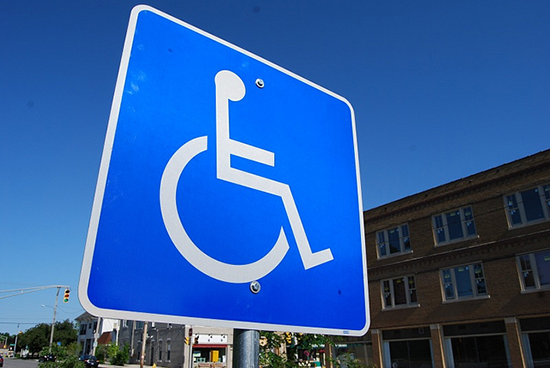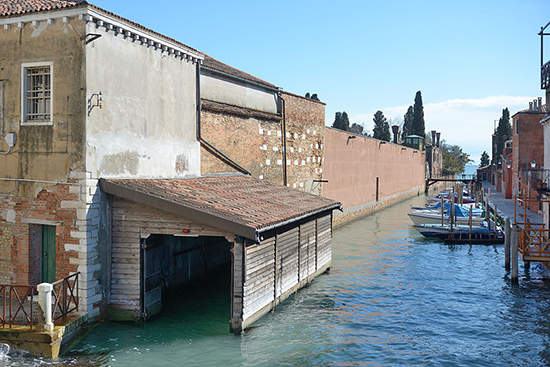The center of Venice seems too complex, difficult and impassable for people who suffer from a physical or sensory impairment. There are more than a hundred islands connected by over 400 bridges, and it may seem impossible to get aroung on them, as though they serve as authentic architectural barriers.

(Photo: Steve A Johnson)
But that’s not entirely true. Most of the monuments and bridges can be visited and frequented without much trouble by people with mobility problems. Some guides offer tips and advice to enjoy Venice, with routes recommended by Venetians themselves, who know firsthand about this sort of problem and the best solutions.
Probably the most complete and highly recommended itinerary is to first visit the Mariciana Area, including St. Mark´s Square and all the buildings that are there, especially the Palazzo Ducale and the major Italian museums .
One usually begins with a trip by the vaporetto no. 2, which allows you to get off at San Marco Giardinetti. But there is another route that lets you see much more, with minimal barriers to wheelchairs, that allows you to see additional notable buildings in the city.
Take the bus no. 1 from the bus station (Piazzale Roma) or the train station (Ferrovia) until the stop Marco Vallaresso. When you get off, you arrive at the Campo San Moise and the church of the same name. To access it, there is only a small step.
Continuing to the right and you’ll reach the Piazza San Marco, the true heart of Venice and its most famous landmark. There you’ll find the Palazzo Ducale, the Doge´s Palace, and several buildings housing the main museums. These allow people in wheelchairs to enter, but for some it is best to make an appointment by phone beforehand so that they have time to install ramps.
To gain access to the Piazza with greater ease, since this way has three steps, it is best to leave this entrance and turn left into the narrow street of Salvadego, until the Bacino Orseolo, one of the most typical gondolas moorings. Continue to the right, where you can access the Piazza San Marco easily through the arches of the building Procuratte Vecchie.
The museums located on the Piazza include the Correr Museum, the National Archaeological Museum and the Monumental Halls of the Marciana Library. All of these buildings either have an elevator that is accessible with help of the employees or electric lifts that help make the visit more comfortable.
The Basilica of San Marcos has an entrance on its left side with a single step about 5 cm high, and one can request a lift to access it more comfortably. Inside, the uneven floor can be difficult, but it is relatively easy to move around inside. The Pala d´Oro altarpiece, which has four steps, is not accessible, and the museum has other areas that may remain inaccessible. You can go to the second floor by elevator or by electric platforms, which the staff will help with when necessary.
The Torre dell´Orologio, a clock tower that is also one of the most important buildings of the city’s Renaissance period, is not accessible. However, across from it you’ll find the Mercerie which is an excellent street for shopping in Venice.
There are other routes that are equally accessible in the city and you will find plenty of information in brochures and information available. Nobody should miss the experience of visiting a city as vivid and intense as Venice.

 English
English